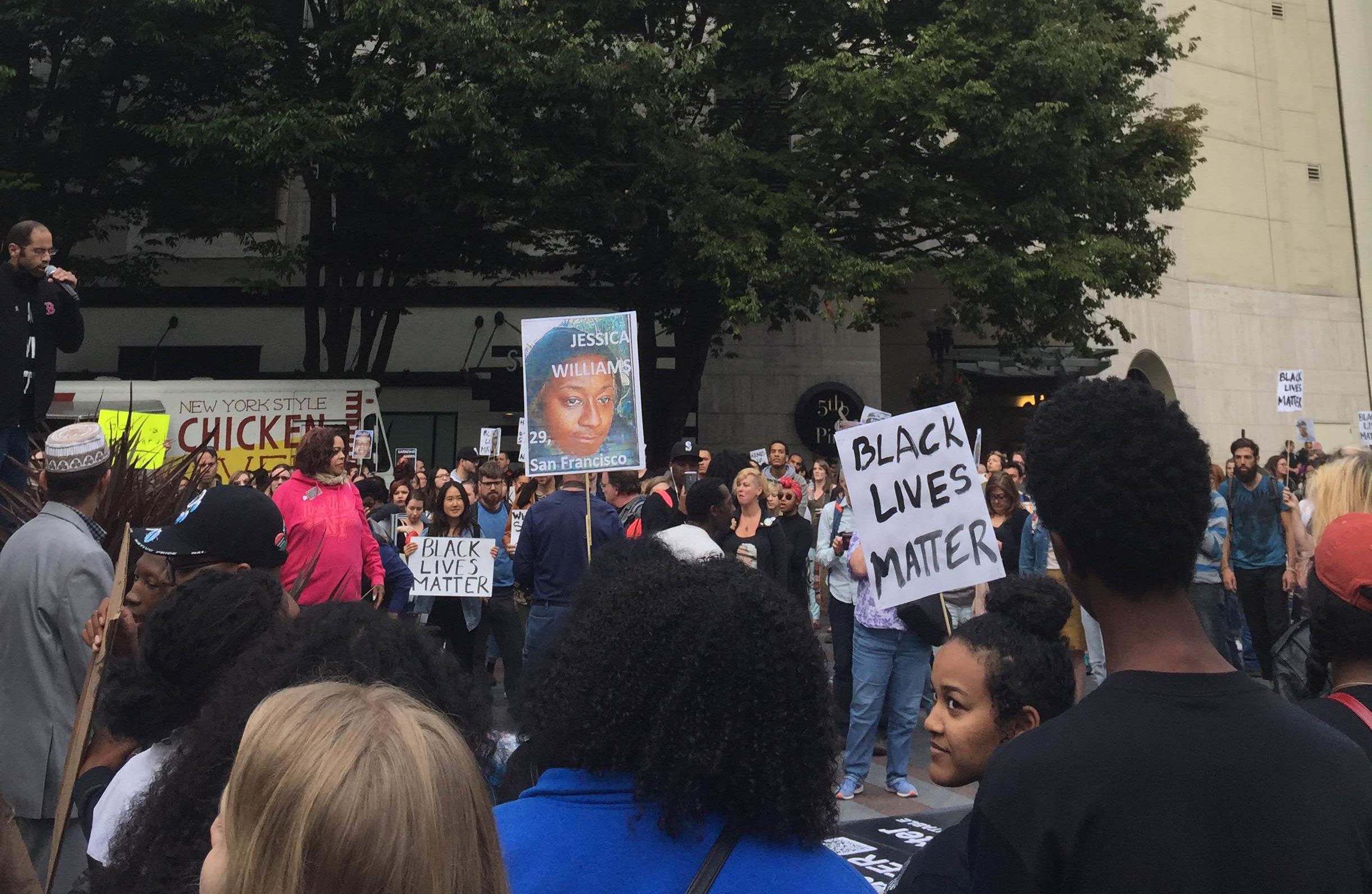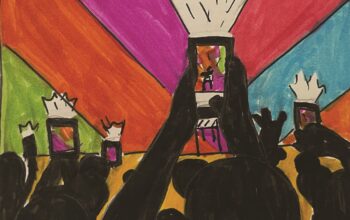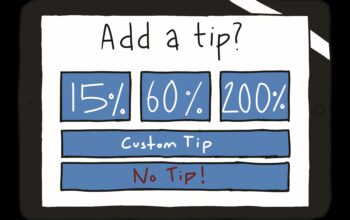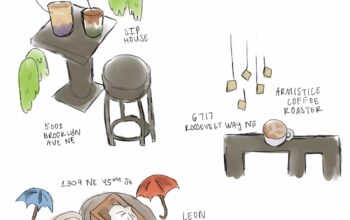On July 5, 2016, the world woke up to another video of a black man being killed by a police officer. The next day, a new video surfaced of a different black man being killed in his car by a police officer with his four-year-old daughter in the back seat. As I spent nearly all of my free time in the following days scrolling through Twitter, it didn’t feel any different from the previous summer, nor the one before that.
Lavish Reynolds, the girlfriend of Philando Castile and the woman who filmed the infamous livestream did an unimaginably painful and brave thing for the sake of documenting the unjust death of her boyfriend. Ramsey Orta, the man who filmed the death of Eric Garner by the hands of the NYPD did a similarly brave thing for the sake of keeping police accountable. All the other countless people who have filmed the deaths of black people by police put their safety on the line to document injustice, and the amount of traction that the Black Lives Matter movement has been gaining would have been possible without them. However, since the beginning of widespread visual media in this country, images of black bodies have been so over shared for shock value that it dehumanizes the deceased in a way that white people have never been subjected to. This creates a sort of modern day lynching. In Jim Crow-era lynchings, the bodies of black people would often be hung from trees after they had been killed as a spectacle for shock value and to induce yet more trauma. In 2014, the body of eighteen-year-old Michael Brown was left on the street for four hours after he was killed, having similar effects on the Ferguson community and nation. The wide circulation of images of the destruction of black lives for nothing but shock value and trauma mirrors this. It dehumanizes and disrespects the life of the deceased in front of thousands if not millions of people.
In 1955, though not killed by police, photos of fourteen-year-old Emmett Till’s body were plastered across every newspaper in the country and he never received justice. In 2014, Eric Garner’s death was spread across the internet for shock value and he hasn’t received justice. Philando Castile’s death was spread across the internet for shock value and he hasn’t received justice. In many cases, horrifying images and videos are necessary and need to be seen in order to open eyes to horrors that they may have been closed to. However, when a video of a black life being taken is treated as another viral video rather than what it truly is, we as the consumers of that media are dehumanizing black lives even after they are taken. Black death may not be taken as simply a spectacle to gaze upon. We keep absorbing more of this horrific imagery, and nothing is changing.
So the cycle continues as it always has, A black person is killed by someone in a badge. Pictures or videos surface. People are hurt and filled with rage. Others invalidate that rage, insisting that there are “good cops”. An image of a white cop hugging a black child makes rounds around the internet. Unaffected people call for “peace”. Justice is not served and the cycle repeats and rhymes with itself. The spectacle of black death will not solve anything. America is used to it. “Good cops” will not solve anything. Pictures of white cops hugging black kids will not solve anything. “Peace” will not solve anything. At the very least, we need justice. But not only do we need justice but we need to recognize that we cannot fix a system that was never broken. Black lives don’t end at the hands of law enforcement because the system is broken. The system is doing exactly what it was built to do: destroy black lives. What we need is an altogether new system.
We are told that the purpose of the police is to uphold order. What we are not told is what exactly this order is. As Americans, we assume that order is what keeps us all safe, and as a white American, this definition of order serves to make me feel safe because of my privilege. However, since the conception of this country by white slave owners, “order” has been synonymous with the oppression and destruction of black lives. Anti-blackness is a fundamental building block of not only our law enforcement and judicial system but our social, political, and economic systems as well. America itself serves to ensure that black lives don’t matter. Police kill innocent black people for the same reason we passively consume images of black lives being taken: it is tradition. To treat cops who kill and the lack of consequences they face as isolated problems within the justice system is ignorant and counterproductive. It ignores and therefore upholds white supremacy within the very blood of our country.
This is not something that can be solved with a few laws and pieces of legislature. To make a difference, the very values of America must be reconsidered and changed. There must be an upheaval in every system in the country, and deep analysis of how these systems build on each other to promote anti-blackness. Whether judicial, political, social, or economic, every fiber of this nation including ourselves must be examined and changed in order to turn a country built on and that continues to thrive on the genocide of black people into something that works for everyone.
Photo Credit: Grace Jones



